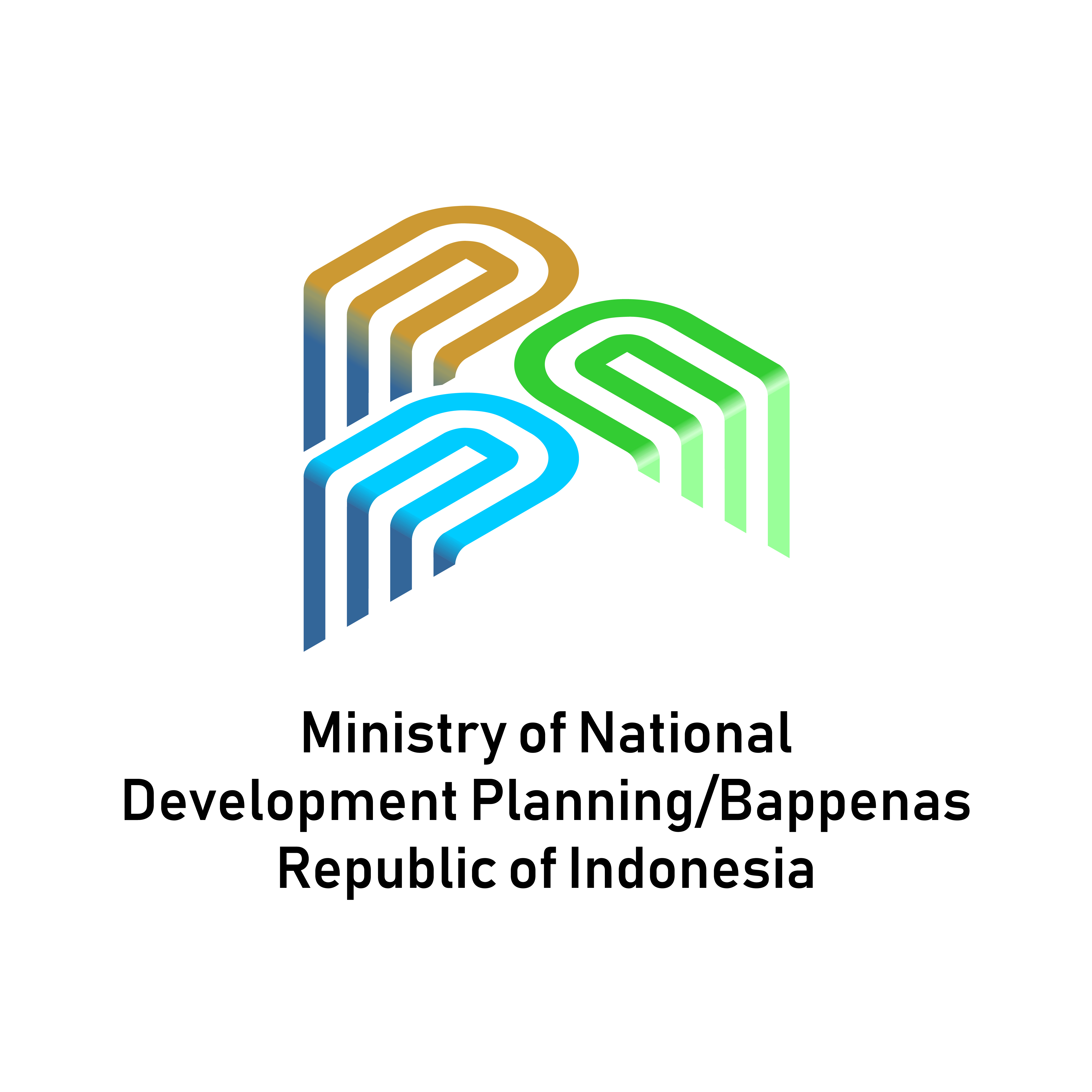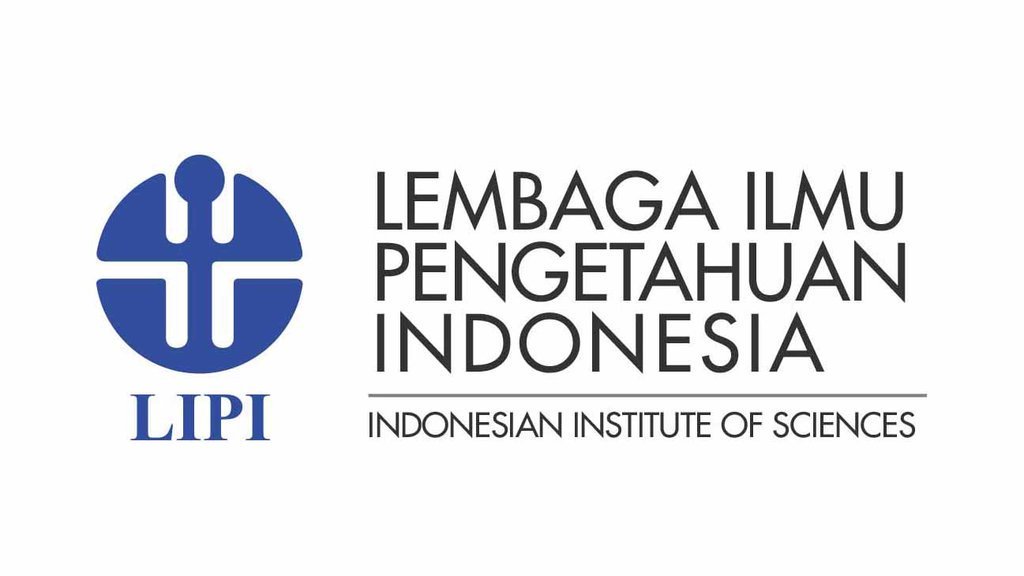Export Taxes and Trade Pattern: Case from the Indonesian Mineral Industry
DOI:
https://doi.org/10.36574/jpp.v6i1.243Keywords:
export taxes, tariff stratification, mineral trade, value-addedAbstract
The Indonesian government adopted mineral export taxes by imposing a high tariff on raw materials while waiving tariffs on processed products. Tariffs decreased following the progress of refinery plant construction. Based on the fixed effects panel regression at the commodity-country-pair level, this study finds that the export taxes system negatively reduces raw material export while increasing processed mineral export. Tariff stratification on mineral commodities distorts trade patterns, affecting business orientation in upstream and downstream sectors. Furthermore, tier tariff significantly elevates the export quantity of downstream products compared to flat export taxes, directly proportional to export value. Export contraction of raw materials resulted from tier tariff slightly lower than the flat type but with a higher exports performance of processed products. The shifting phenomena to the value-added industry indicate an effort for export taxes evasion. This finding is reinforced by the massive investment inflow in the mineral processing sector. Meanwhile, the exporter manufacturing industry positively correlates with the export performance of processed products and a negative direction with raw material, which aligns with the main finding.
Downloads
References
Beckman, J., Estrades, C., & Aguiar, A. (2019). Export taxes, food prices, and poverty: a global CGE evaluation. Food Security, 11(1), 233–247.
Bergstrand, J. H. (1985). The gravity equation in international trade: some microeconomic foundations and empirical evidence. The Review of Economics and Statistics, 474-481.
Bleischwitz, R. (2010). Conflict Mineral. Great Barrington (MA): Berkshire Pub. Group.
Butt, S., & Siregar, F. E. (2013). State control over natural resources in Indonesia: implications of the oil and natural gas law case of 2012. Journal of Energy & Natural Resources Law, 31(2), 107–121.
Chaney, T. (2008). Distorted gravity: the intensive and extensive margins of international trade. American Economic Review, 98(4), 1707–1721.
Devadoss, S., Luckstead, J., & Ridley, W. (2019). A dynamic analysis of the impacts of export taxes: the case of Argentinean soy and beef markets. World Economy, 42(8), 2427–2451.
Fitawek, W., & Kalaba, M. (2019). Do export taxes promote export growth? Evidence from Ethiopia's leather industry. African Issues, 11(2), 19–37.
Gourdon, J., Monjon, S., & Poncet, S. (2016). Trade policy and industrial policy in China: what motivates public authorities to apply restrictions on exports? China Economic Review, 40, 105–120.
Hasan, M. F., Reed, M. R., & Marchant, M. A. (2001). Effects of an export tax on competitiveness: the case of the Indonesian palm oil industry. Journal of Economic Development, 26(2), 77–90.
Hasson, J. A., & Tinbergen, J. (1964). Shaping the world economy: suggestions for an international economic policy. Economica, 31(123), 327.
Helpman, E., Melitz, M. & Rubinstein, Y. (2008). Estimating trade flows: trading partners and trading volumes. The Quarterly Journal of Economics, 123(2), 441-487.
Jakfar, F. (2001). A general equilibrium analysis of the economic aspects of the imposition of an export tax on the plywood sector in Indonesia. Journal of Forest Research, 6(2), 73–80.
Korinek, J. (2019). Trade restrictions on minerals and metals. Mineral Economics, 32(2), 171–185.
Kurniati, Y., & Yanfitri, Y. (2010). The dynamics of manufacturing industry and the response toward business cycle. Buletin Ekonomi Moneter Dan Perbankan, 13(2), 131–164.
LME. (2021). London metal exchange price. Market Data: LME Reference Price.
Mancheri, N. A. (2015). World trade in rare earths, Chinese export restrictions, and implications. Resources Policy, 46, 262–271.
Mayer, T., & Zignago, S. (2011). The geodist database on bilateral geographical information. CEPII, 18.
MOE. (2014). Minister of Energy and Mineral Resources regulation number 1 of 2014 concerning increasing mineral value-added through domestic mineral processing and refining activities [Peraturan Menteri Energi dan Sumber Daya Mineral nomor 1 tahun 2014 tentang peningkatan nilai tambah mineral melalui kegiatan pengolahan dan pemurnian di dalam negeri]. Jaringan Dokumentasi dan Informasi Hukum Kementerian Energi dan Sumber Daya Mineral.
MOF. (2014). Minister of Finance regulation number 153 of 2014 concerning determination of export goods which charged export taxes and export taxes rate [Peraturan Menteri Keuangan nomor 153 tahun 2014 tentang penetapan barang ekspor yang dikenakan bea keluar dan tarif bea keluar]. Jaringan Dokumentasi dan Informasi Hukum Kementerian Keuangan.
MOF. (2017). Minister of Finance regulation number 13 of 2017 concerning determination of export goods which charged export taxes and export taxes rate [Peraturan Menteri Keuangan nomor 13 tahun 2017 tentang penetapan barang ekspor yang dikenakan bea keluar dan tarif bea keluar]. Jaringan Dokumentasi dan Informasi Hukum Kementerian Keuangan.
MOI. (2021). Investment development [Perkembangan investasi]. National Single Window for Investment.
MOT. (2014). Minister of Trade regulation number 4 of 2014 concerning export provision of mining products resulting from processing and refining activities [Peraturan Menteri Perdagangan nomor 4 tahun 2014 tentang ketentuan ekspor produk pertambangan hasil pengolahan dan pemurnian]. Jaringan Dokumentasi dan Informasi Hukum Kementerian Perdagangan.
Porter, T. M. (2016). Regional tectonics, geology, magma chamber processes and mineralisation of the Jinchuan nickel-copper-PGE deposit, Gansu Province, China: a review. Geoscience Frontiers, 7(3), 431–451.
Piemartini, R. (2004). The role of export taxes in the field of primary commodities. WTO Discussion Paper No. 4, ISBN 9287012431, World Trade Organization (WTO), Geneva.
Prasetyo, P. (2018). The effect of entry into force of the mining law 2009 began January 2014 in the production of NPI (Nickel Pig Iron) in China. IOP Conference Series: Materials Science and Engineering, 285(1).
Rifin, A. (2014). The effect of crude palm oil export tax on export and prices. ASEAN Journal of Economics, Management and Accounting, 2(1), 82–95.
Solleder, O. (2013). Trade Effects of Export Taxes. Graduate Institute of International Development Studies Working Paper No: 08/2013.
Thee, K. W. (2009). The Indonesian wood products industry. Journal of the Asia Pacific Economy, 14(2), 138–149.
Trademap. (2021). Export of primary Indonesia mining commodities. Trade statistics for international business development.
OECD. (2010). The Economic Impact of Export Restrictions on Raw Materials. In OECD Trade Policy Studies.
Warr, P. G. (2001). Welfare effects of an export tax: Thailand's rice premium. American Journal of Agricultural Economics, 83(4), 903–920.
Waschik, R., & Fraser, I. (2007). A computable general equilibrium analysis of export taxes in the Australian wool industry. Economic Modelling, 24(4), 712–736.
World Bank. (2021a). World Bank commodity price data. Commodity Markets.
World Bank. (2021). World Bank national account data, and OECD national account data files: Manufacturing, value added (% of GDP). World Bank Open Data.
WTO. (2014). China - measures related to the exportation of rare earths, tungsten, and molybdenum (Dispute settlement: Dispute DS433). Reports of the Panel, 1-257.
Yudyanto, H., & Hastiadi, F. F. (2018). Analysis of the imposition of export tax on Indonesian cocoa beans: impact on the processed cocoa export Indonesia and Malaysia. International Journal of Economics and Financial Issues, 7(5), 552–560.
Yusoff, M. (1990). The effects of tin export tax on production, export, and prices in Malaysia. Asean Economic Bulletin, 6(3), 330–338.
Downloads
Published
How to Cite
Issue
Section
License
This is an open-access article distributed under the terms of the Creative Commons Attribution-NonCommercial-ShareAlike 4.0 International License. Copyright © Kementerian PPN/Bappenas RI


















